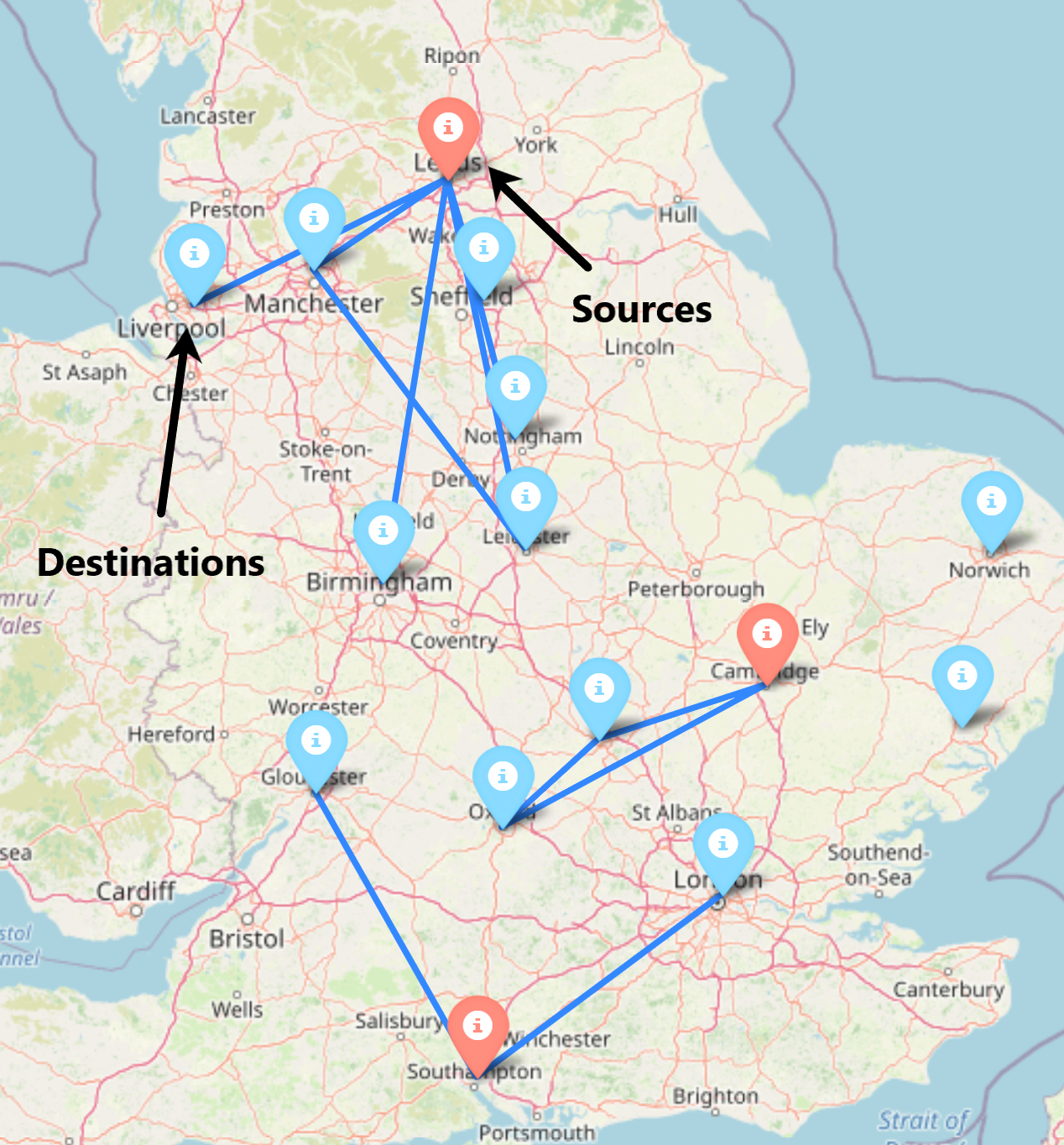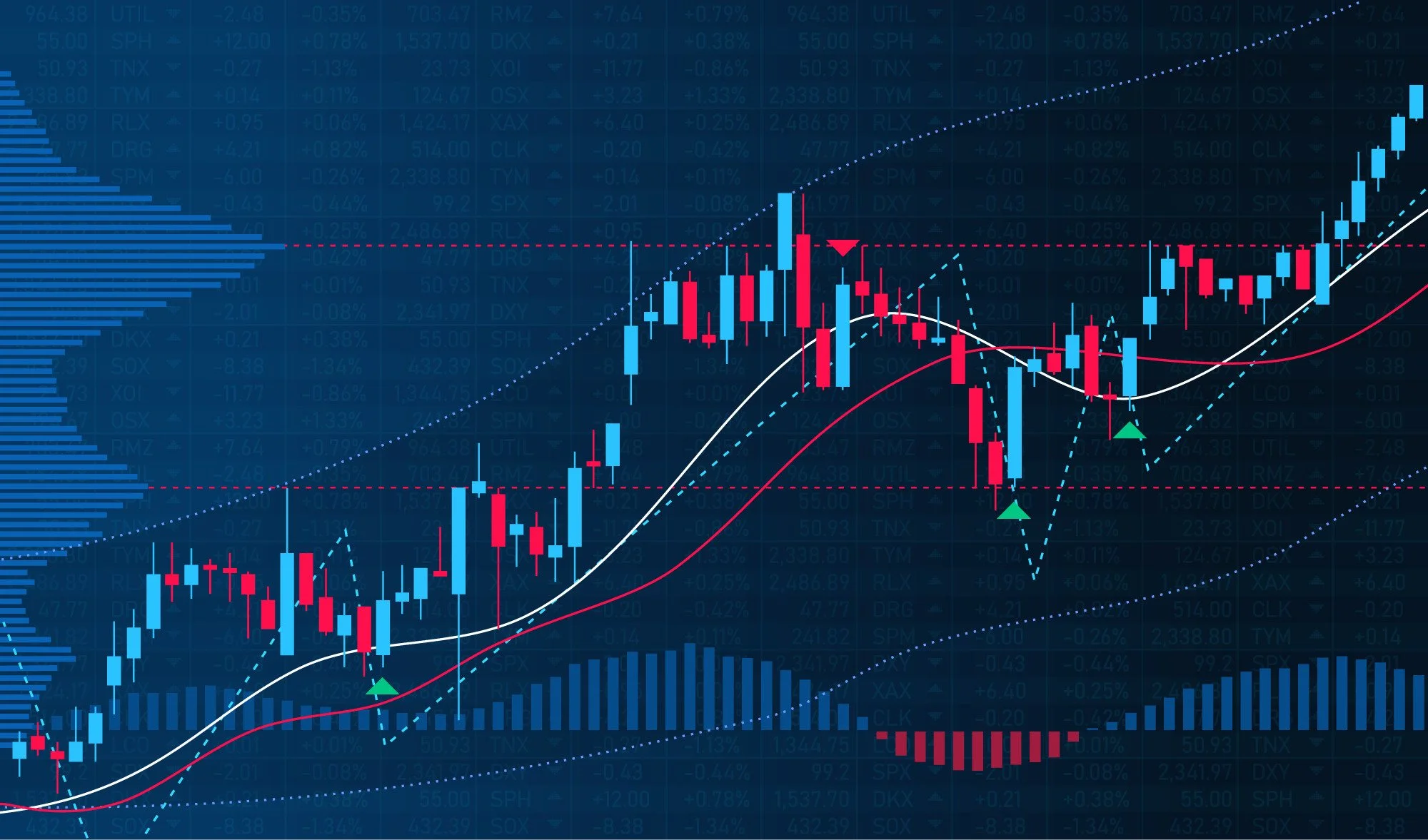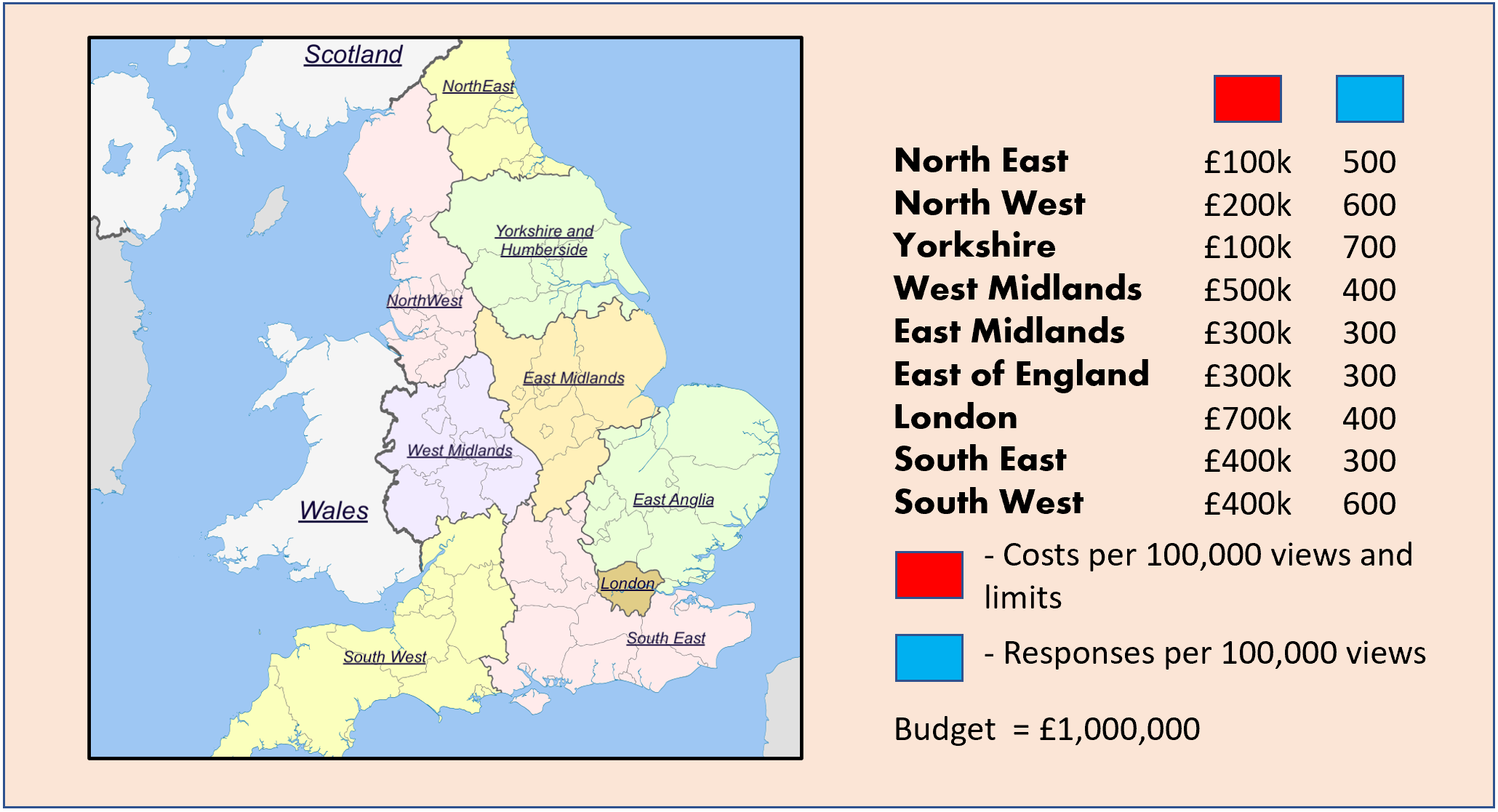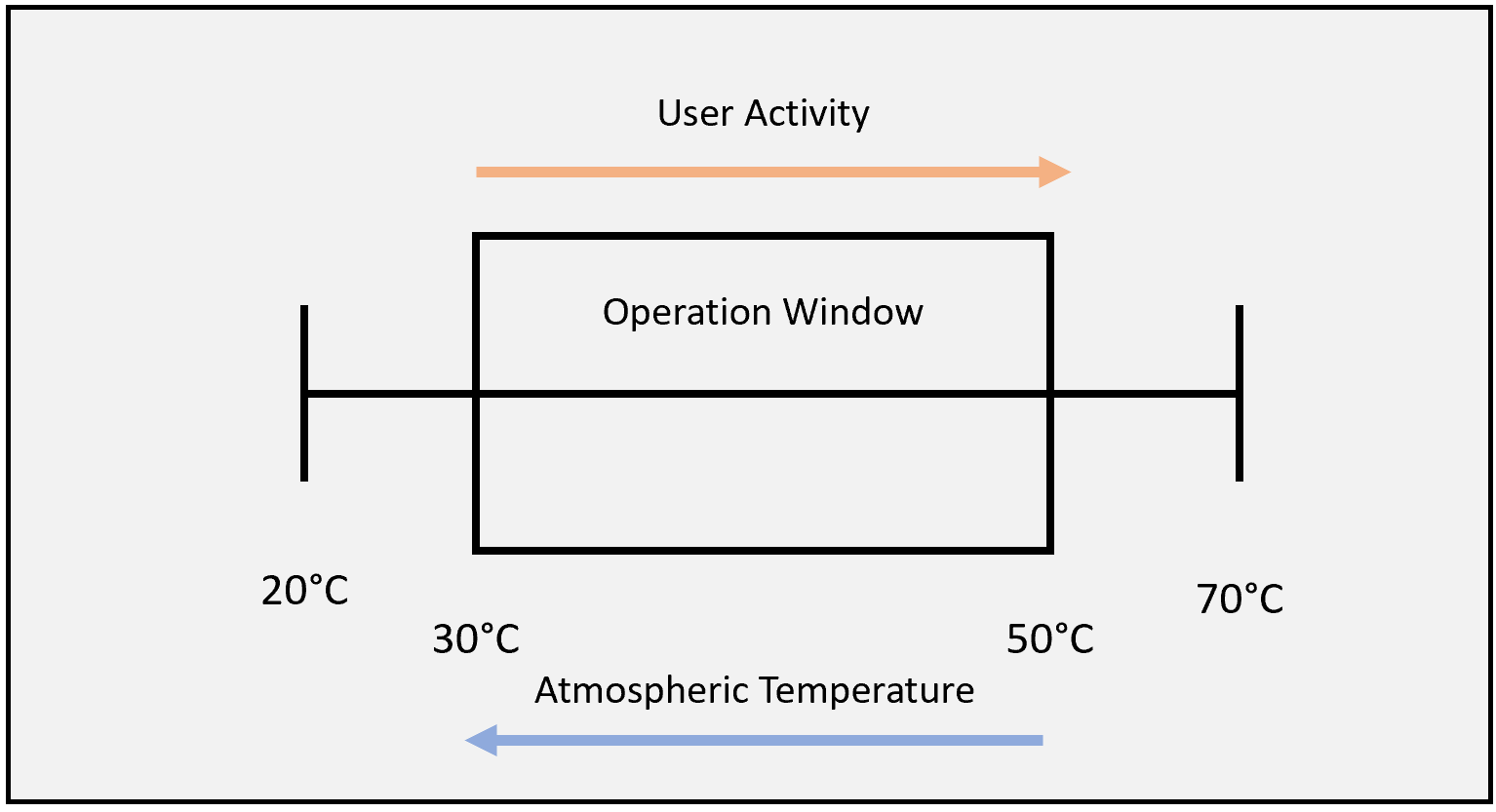Optimisation in Business
Introduction
The word optimisation is thrown about in the business world, quite often due to its appealing sentiment that implies performance at the perceived best level that an entity can function at. In business, you will encounter this word used to describe improved performance, rather than for suggesting any technical steps have been used within a mathematical or algorithmic framework. Optimisation described in the latter part of the previous sentence uses methods that are adopted by data scientists to search for the optimal value for a given system. Although optimisation problems can be complex and difficult to solve, many scenarios have been solved within the business world. These scenarios are frequently encountered but are overlooked as an opportunity for optimisation.
This article goes over some of the use cases for optimisation that are often overlooked. There are many instances beyond the ones cited in this article where optimisation can be applied. Here are a few to wet your appetite.
Routing and Transportation
Routing is one of the more visible scenarios where optimisation can be applied. This could also be the reason why there are many routing software packages available for this kind of optimisation problem. Routing problems are often introduced as the travelling salesman problem, referring to a 1930s problem where a salesman has several places, they need to visit and the objective is to find the shortest path where all places are visited [1].
An example of the travelling salesman problem
Here you can see an example of this such problem, using road distance to find the shortest path (in time) to visit each of these sites around London.
Most companies will not encounter this exact issue to do with a single route. A spin-off of this would be to look at a network of supply chains, going to nationwide customers. In this scenario, you have multiple routes, at the same time. There may also be the need to forecast demand for these customers.
Illustration of a network of sources and destinations within a business.
Additionally, certain sources may only be able to provide certain products. This would be the kind of optimisation problem a company would encounter. Many methods for solving these situations are available.
Normally when a company is faced with an optimisation problem, there is often a trade-off between speed and accuracy. What is meant by this is it may not take very long to determine a ‘good’ solution that is near optimum but it may take a long time to reach the actual optimum value. If the system or environment is constantly changing, a company may favour speed. An example of this may be deliveries. If traffic is changing in busy areas constantly alongside schedules or orders rapidly evolving, this will require fast solutions. One technique for such a case is known as simulated annealing. This is a very effective technique at getting, near-optimal at speed. It is a combination of routing logic and random disorder added, to avoid solutions getting stuck in local minimum values. It periodically breaks connections between nodes, to be fixed again. This is where it gets its name from, where annealing for materials is the process of adding energy (heat) to the material to then be cooled again, to improve the material properties.
Stock Trading
The use of optimisation has become a huge part of stock trading where computers are tasked with delivering the best returns on investments. Recently, in the United States, 60%-73% of all trades were done via algorithms [2]. This is typically what is being referred to when AI within trading is mentioned. Using algorithms to trade is often favourable since computers do not suffer from fatigue and can trade round-the-clock.
Optimisation problems are normally setup where you have some observed space. This is typically an array of values within trading, such as the price and volume of a certain stock that evolves over time. These are then run through the algorithm where they are converted into actions such as buy, sell or hold. The optimisation problem will also account for fees with every trade, such as exchange fees, execution fees, and SEC fees. These types of algorithms come from a branch of machine learning called reinforcement learning.
Marketing
Optimisation within marketing isn’t an obvious one since, marketing material like adverts, isn’t quantitative by nature. However, responses from the marketing material can be quantified. This optimisation scenario that is about to be described, has a prerequisite which is another piece of technical work to quantify the effectiveness of each piece of marketing material.
This can take the form of a probability that a person will respond to a particular item. This may be different for different regions of the country as well as different periods in the year, for example, Christmas adverts are going to have a good response in December. One could then use these to extrapolate how many responses each item of marketing material will get.
Once this information is available, you now have a scenario where optimisation can be used to maximise the number of responses. Say the marketing material takes the form of adverts. These adverts have different levels of effectiveness in different parts of the country. You are given a budget that you can use to spend on different regions, where you pay for views per £ say, for each region. The more you pay the more the companies adverts are seen. Different regions have different costs and different regions have different responses to different adverts. Optimisation can be used to pick the best configuration of spending to gain the maximum number of responses. In this scenario, some limitations and provisos have to be adhered to when using the advertising entity. These could be that upper limits on what can be spent in each region of the UK. This limit could be there to ensure other companies get their share of views. Additionally, it may be the company policy to advertise nationally, i.e. there should be a presence in every region in the UK.
Illustration of marketing campaign
Now consider the marketing campaign has a budget of £1,000,000. There is a minimum of £1000 that can be spent in each region. The optimal spend will look something like the illustration shown below.
Optimised spending for the budget.
Temperature Control Systems
Optimisation of cooling systems is a very active and good use case where modern-day optimisation is applied. A cooling system can be used for a wide range of things. This example will talk about temperature systems for servers however, this optimisation could apply to temperature or cooling systems for machinery in general. Consider a server with a daily influx of users who use the server. With these daily users, there are busy and quiet periods. The server has a temperature operation window, where it operates best within a temperature window of 30°C and 50°C say. User activity increases the temperature, however, during quiet periods the atmospheric (background) temperature acts to cool the server when there are not too many users using the server. This is a different case when there are busy periods that drive up the internal temperature of the server. Current logic inbuilt into the temperature system starts to cool the system when the temperature surpasses the 50°C threshold and keeps cooling it down. Similarly, the system will heat the server if it drops below the lower threshold. The problem is that it takes a huge amount of energy to cool the system down and a smarter approach using optimisation could utilise the busy and quiet periods.
Illustration of temperature window
Energy costs are becoming more of an issue and optimisation is increasingly in demand to help reduce costs. Much research has gone into optimising the cooling systems [3]. Google’s data centre advertised a 40% reduction in energy costs due to optimisation [4]. Many factories that manufacture goods may also require cooling systems. The aid of algorithms to reduce costs can be applied in these cases too.
Conclusion
As is demonstrated above, many business cases are encountered where the opportunity for optimisation may be missed. Any scenario where there is an unknown procedure that will obtain the best value within a known system can warrant optimisation using algorithms. It is already used quite widely across many businesses. Some problems are easier to solve than others and optimisation algorithms can’t always replace human intuition. However, it is surprising how many situations in business where the opportunity to optimise algorithmically is overlooked.
References
[1]: A brief History of the Travelling Salesman Problem — The OR Society
[2]: Algorithmic Trading Market | 2021–26 | Industry Share, Size, Growth — Mordor Intelligence
[3]: Comparison of Deep Reinforcement Learning Algorithms in Data Center Cooling Management: A Case Study
[4]: DeepMind AI Reduces Google Data Centre Cooling Bill by 40% | DeepMind







